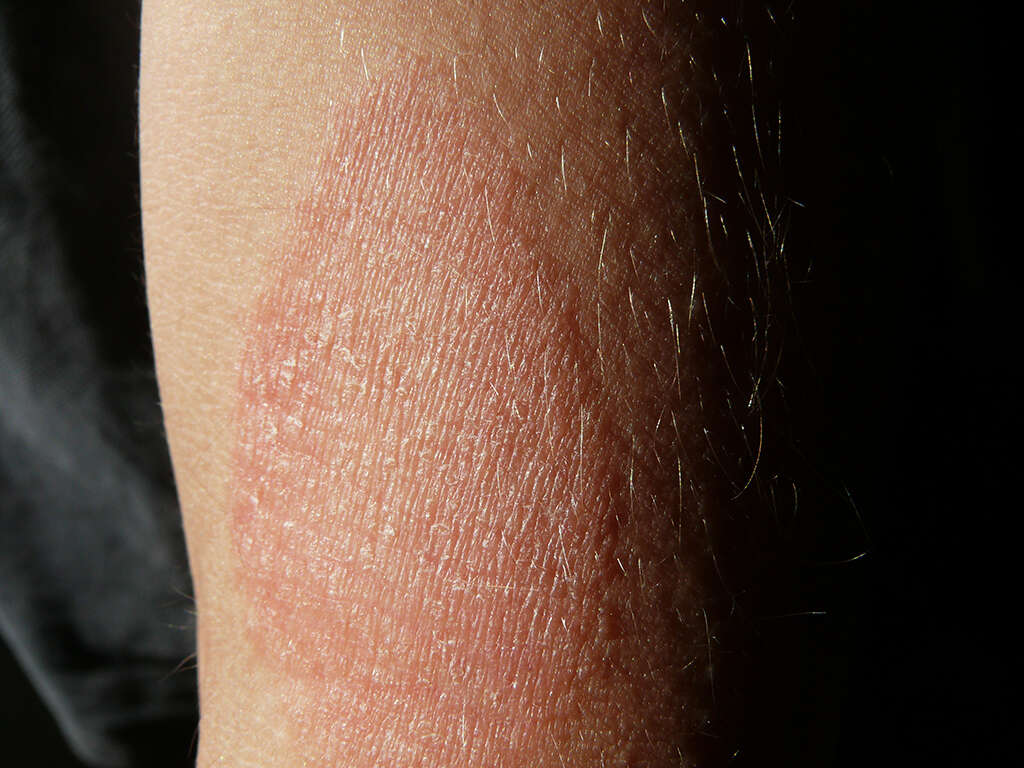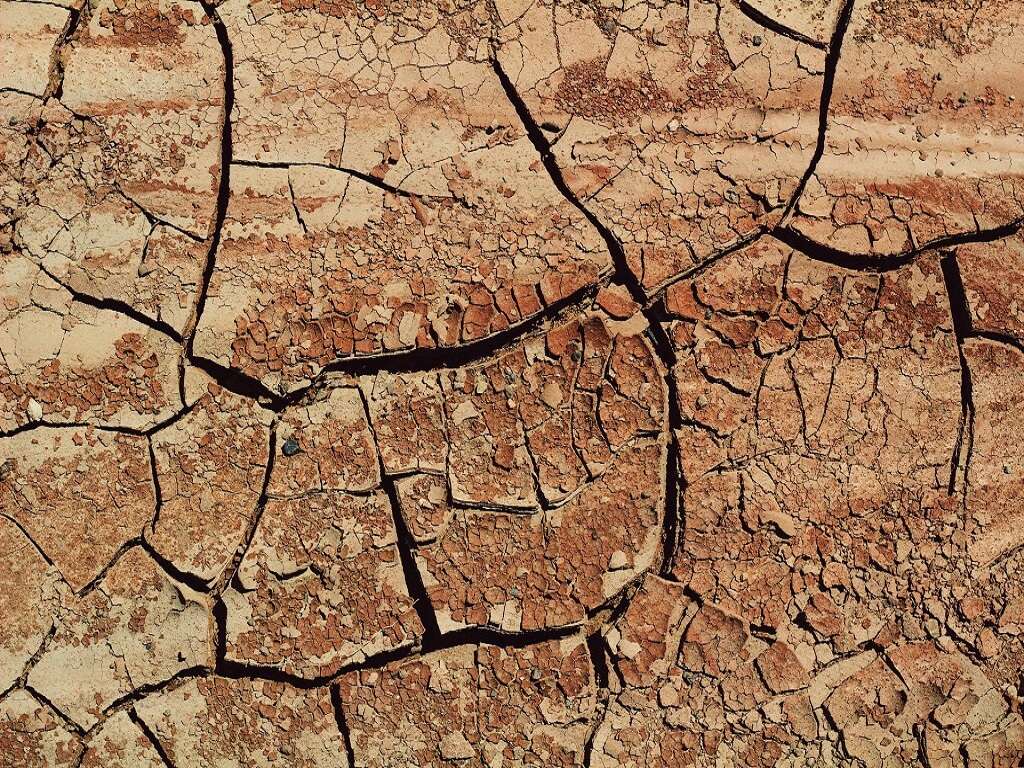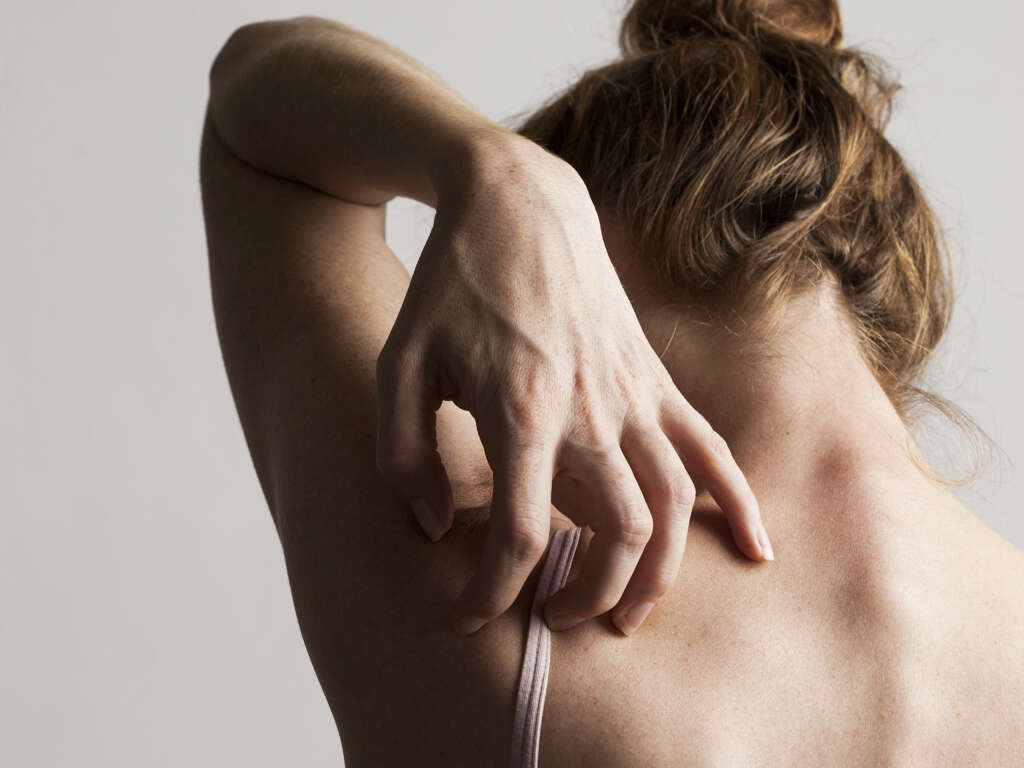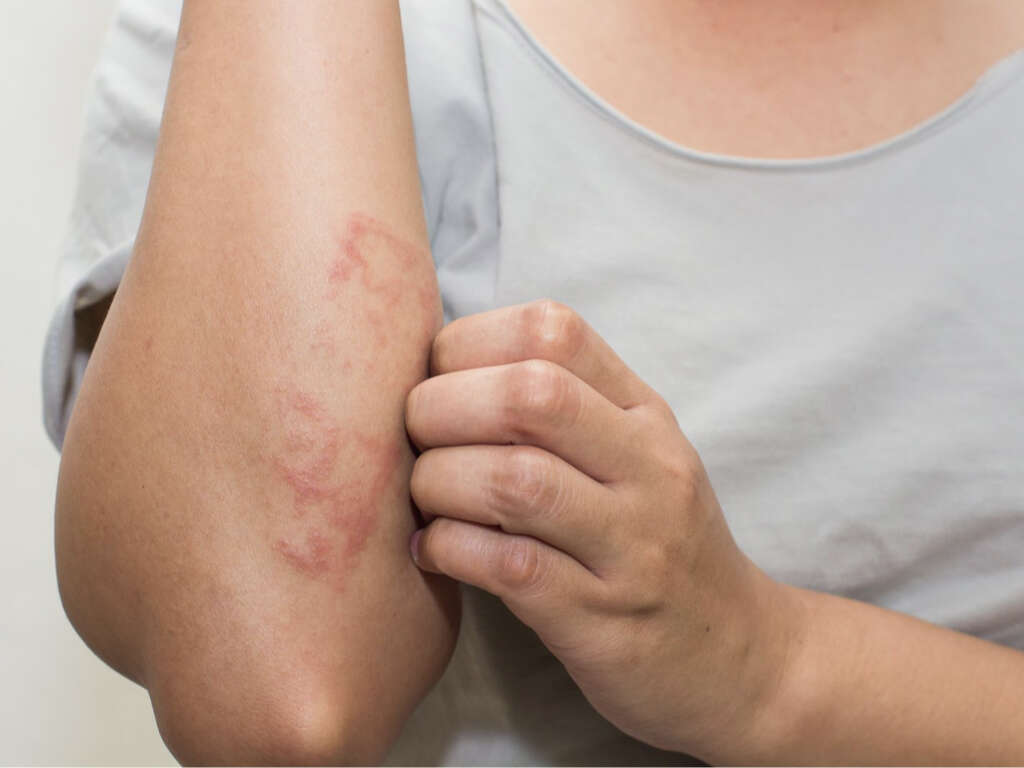Dyshidrotic Eczema Symptoms, Causes and More
 Article Sources
Article Sources
- 1. Calle Sarmiento, Paola Michelle, and Juan Jose Chango Azanza. 'Dyshidrotic Eczema: A Common Cause of Palmar Dermatitis.' Cureus, Cureus, 7 Oct. 2020, www.ncbi.nlm.nih.gov/pmc/articles/PMC7647841/
- 2. 'Dyshidrosis: Symptoms, Causes, Treatments.' Cleveland Clinic, my.clevelandclinic.org/health/diseases/17728-dyshidrosis
- 3. 'Vesicular Hand Dermatitis.' DermNet NZ, dermnetnz.org/topics/vesicular-hand-dermatitis/
Recognizing the symptoms and causes of dyshidrotic eczema can help those with the condition understand the triggers that result in recurring flare-ups and get the right treatment. Dyshidrotic eczema may occur only once, a few times or become a chronic condition.
Dyshidrotic eczema's has a tapioca-like appearance, with raised blisters on the hands and feet.1Calle Sarmiento, Paola Michelle, and Juan Jose Chango Azanza. ‘Dyshidrotic Eczema: A Common Cause of Palmar Dermatitis.’ Cureus, Cureus, 7 Oct. 2020, www.ncbi.nlm.nih.gov/pmc/articles/PMC7647841/ Mild cases generally clear up on their own. However, more severe cases require a trip to the dermatologist who will prescribe a topical steroid cream to ease the eruption. Allergies, genetics, damp conditions, sweat and stress are some of the risk factors for developing dyshidrotic eczema.
Symptoms of Dyshidrotic Eczema
Dyshidrosis, otherwise known as dyshidrotic eczema, is an extremely itchy skin condition characterized by clusters of water-filled blisters. This type of eczema typically appears on the palms of the hands or soles of the feet and can last for weeks.1Calle Sarmiento, Paola Michelle, and Juan Jose Chango Azanza. ‘Dyshidrotic Eczema: A Common Cause of Palmar Dermatitis.’ Cureus, Cureus, 7 Oct. 2020, www.ncbi.nlm.nih.gov/pmc/articles/PMC7647841/
The skin can become slightly red and inflamed before the blisters appear. The eruption of blisters normally starts in one small patch around the nail bed or on the side of the hand and foot before spreading. It's not uncommon to experience sweaty skin around the site of the blisters.
Risk Factors
People who have chronic skin conditions, allergies or asthma are more at risk of developing dyshidrotic eczema than those with no history. A family history of eczema is also a risk factor.
This particular type of eczema is more prevalent in young adults but also occurs in older adults. Older adults are more at risk of developing the condition if they have periods of high stress. Anyone who sweats profusely or frequently has wet hands and feet could be at risk.
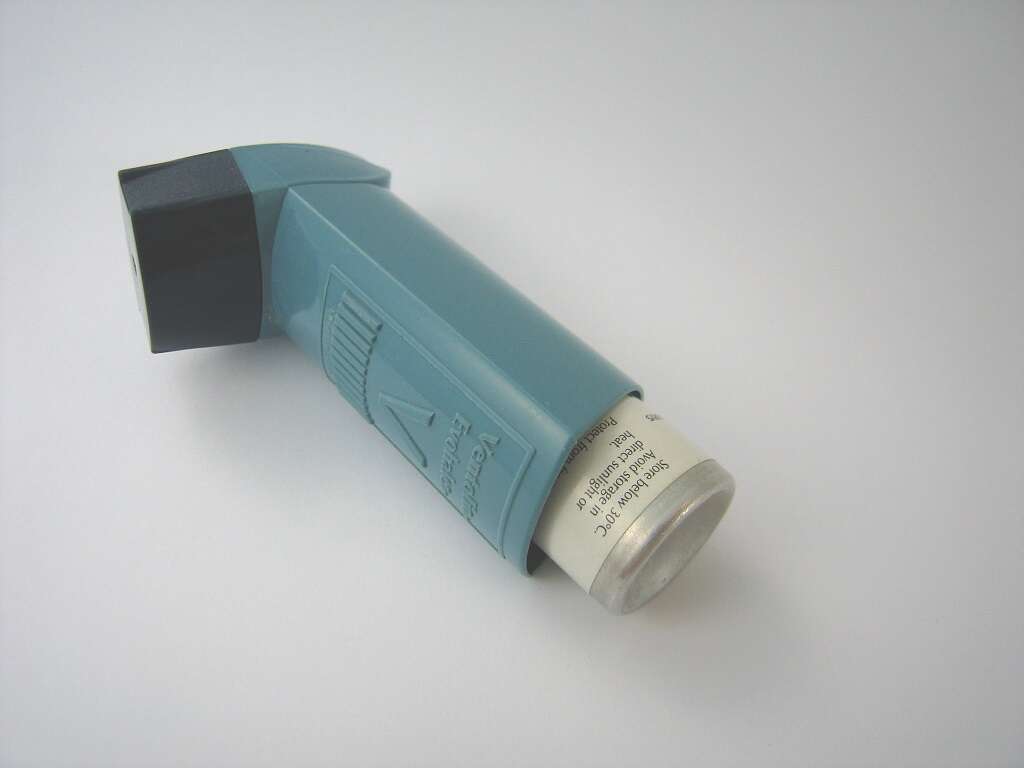
Causes of Dyshidrotic Eczema
There is no single cause of dyshidrotic eczema. Both internal and external factors can set off a breakout of blisters. Extreme stress, seasonal allergies, humid weather, metal allergies and spending prolonged periods in water are a few of the more common causes of dyshidrotic eczema.
Dyshidrotic eczema is typically experienced by people who have a history of atopic dermatitis, which is a very common type of skin inflammation that causes raised, closely connected blisters.
Can Dyshidrotic Eczema Become Infected?
Yes, dyshidrotic eczema can become infected. With any kind of dermatitis or skin condition, there's a potential risk of infection if the rash is scratched open. Open sores can easily lead to secondary infections.
Itchiness is one of the hallmark features of dyshidrotic eczema. The small fluid-filled blisters are easy to pick and scratch open, which can lead to bleeding and skin lesions. A medical professional should see open wounds.

How Is Dyshidrotic Eczema Diagnosed?
The diagnosis of dyshidrotic eczema is based on physical examination. Affected individuals should seek medical advice. A doctor will look for the telltale symptoms, such as blisters on extremities, thickened nails, extreme itchiness, swelling and pain.
Dermatologists analyze the rash, look at the nails and will ask the patient about other medical conditions. If the eczema is from an allergen, an allergy test might be recommended to determine the source.
How to Avoid Dyshidrotic Eczema
It's not always possible to avoid eczema, particularly if it's chronic. But individuals can avoid triggers if they understand the underlying causes of this type of eczema.
To avoid dyshidrotic eczema, try to keep the skin moisturized. Avoid any allergens that might irritate the skin and cause an outbreak, such as jewelry. When washing dishes, use gloves to protect hands from constant dampness. Wash and dry sweaty feet after exercising, as failure to do so could trigger eczema.
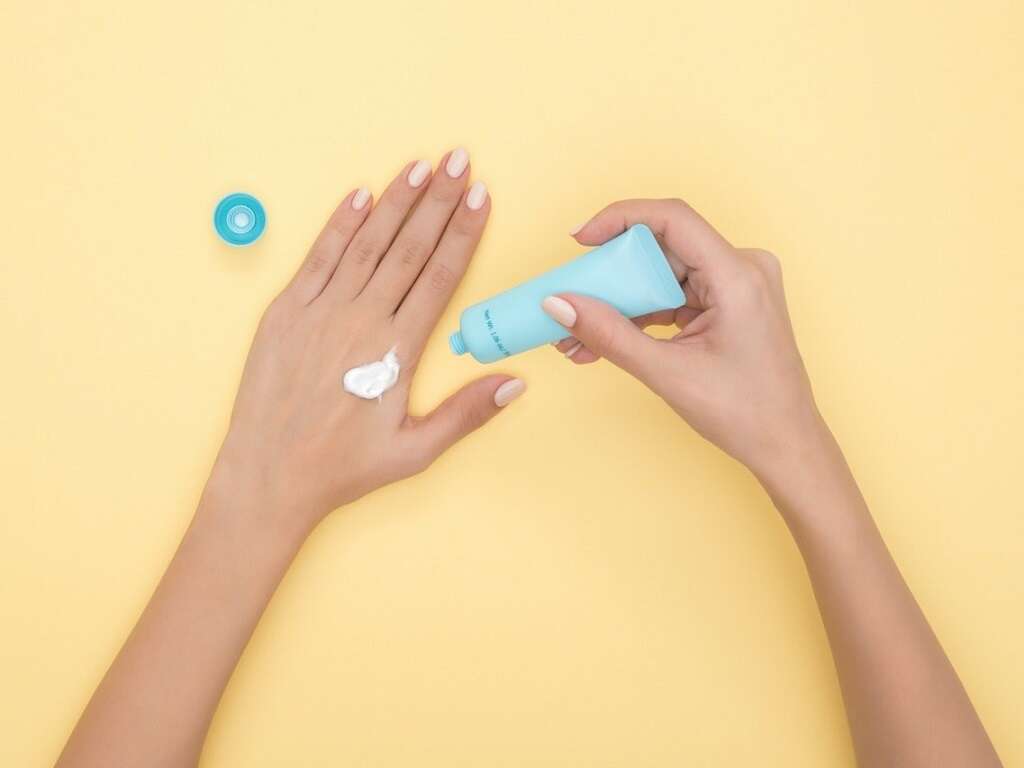
Is Dyshidrotic Eczema Contagious?
Eczema is a noncontagious skin condition with a variety of causes. Eczema can be chronic or a once-off reaction to an allergen. Some types of eczema might mimic other forms of eczema or skin conditions.
The tiny blisters formed by dyshidrotic eczema look highly contagious, but they're not. An internal reaction causes the blisters due to a variety of factors. However, it is possible that an outbreak of this condition could get infected. A variety of bacteria, fungi or viruses can cause skin infections.
How to Manage Dyshidrotic Eczema
For some people with dyshidrotic eczema, it's a lifelong condition with periods of flare-ups. Determining how and when these outbreaks occur and identifying triggers is key to managing eczema. A long-term skincare program that uses fragrance-free moisturizers may help curb outbreaks.
If an eruption of blisters occurs, don't scratch. This could worsen and prolong the condition. A dermatologist might prescribe steroid creams as a short-term solution and antihistamine drugs. For more aggressive cases, phototherapy might be an option.2‘Dyshidrosis: Symptoms, Causes, Treatments.’ Cleveland Clinic, my.clevelandclinic.org/health/diseases/17728-dyshidrosis

What to Expect After Treatment
If the correct management plan has been followed, dyshidrotic eczema should take up to one month to heal. After a flare-up is under control, individuals still need to manage the condition to avoid recurrences.
A regimented and specific skin care routine and medications further problems down the line. There is no cure for dyshidrotic eczema, but it can be easily managed. For mild cases, the condition disappears on its own.
Similar Conditions
Athlete's foot is a fungal infection that can also start out as tiny blisters on the foot. Much like dyshidrotic eczema, it's extremely itchy. However, an athlete's foot is different because it normally begins between the toes.
Vesicular hand and foot eczema looks similar to dyshidrotic eczema and can be mistaken for the condition. Vesicular is slightly different in that the blisters pop and peel off, revealing red skin beneath. This commonly mistaken skin condition is generally caused by excess sweating.3‘Vesicular Hand Dermatitis.’ DermNet NZ, dermnetnz.org/topics/vesicular-hand-dermatitis/



